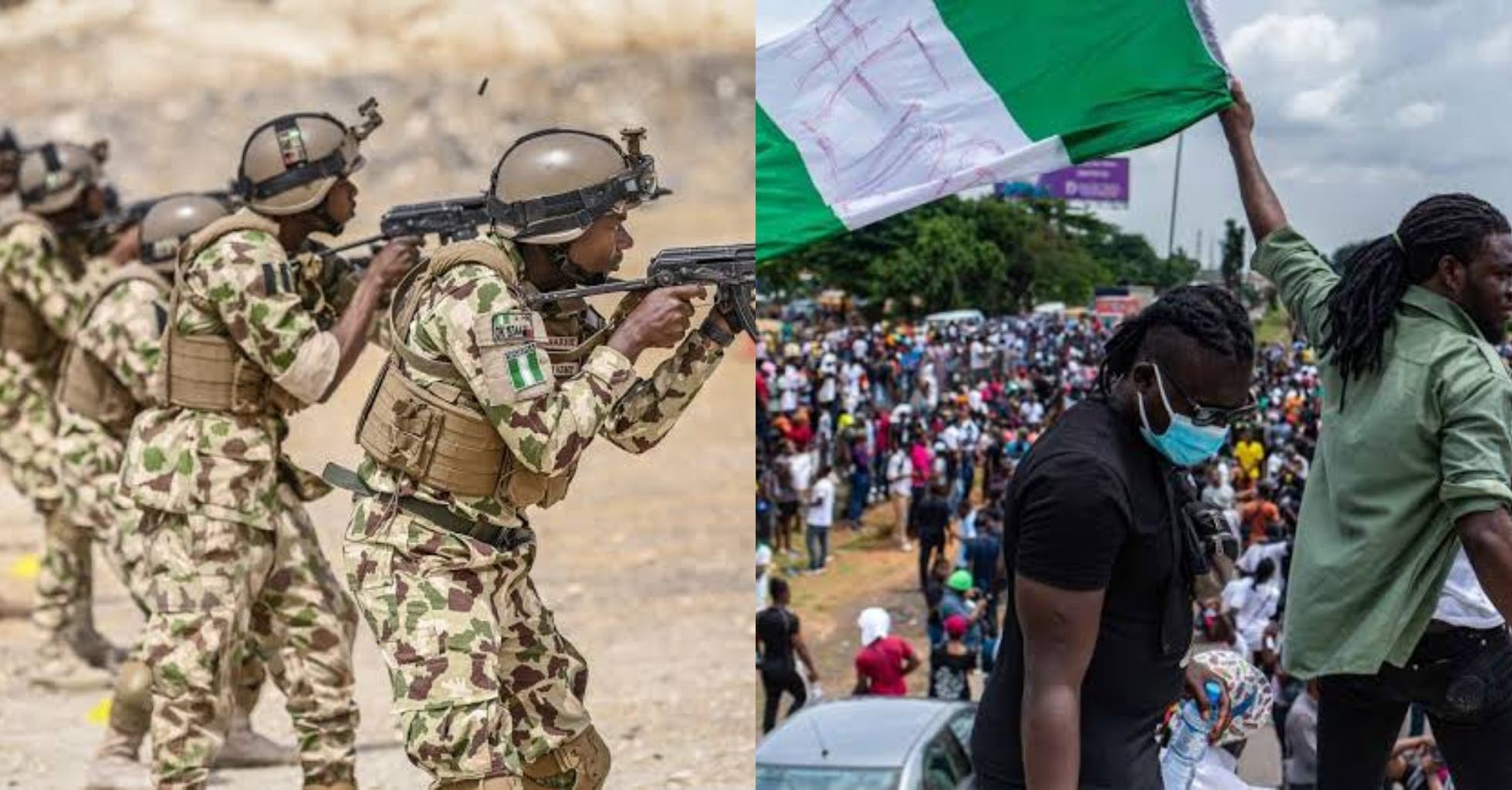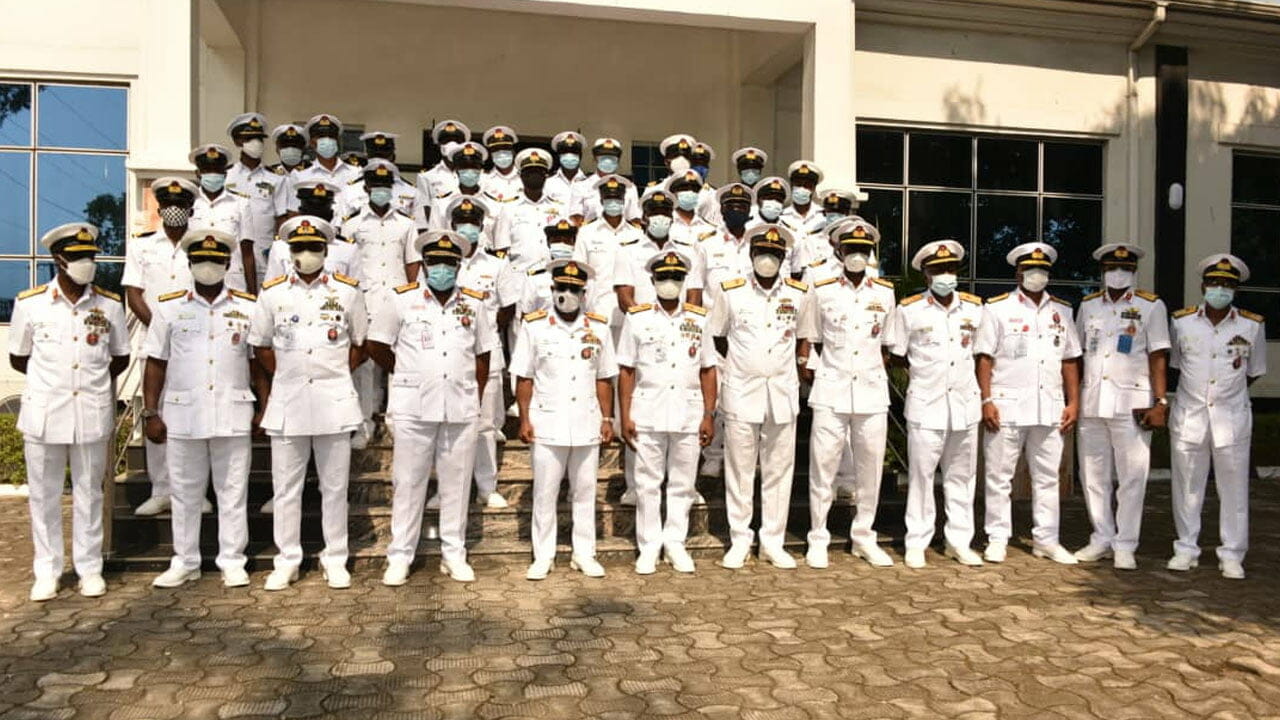So, you wanna know all about soldiers rank in Nigeria? Well, buckle up, because we’re diving deep into the world of Nigerian military ranks. Whether you’re a military enthusiast or just curious about how the Nigerian Armed Forces work, this article is for you. We’ll break it down in simple terms so even if you’re not a military expert, you’ll leave here feeling like one. Let’s get started, shall we?
The Nigerian military is one of the largest and most respected in Africa, and understanding the soldiers rank in Nigeria is crucial if you want to grasp how the system operates. From privates to generals, there’s a whole hierarchy that keeps everything running smoothly. This guide will help you navigate through the ranks and understand the roles each soldier plays in the bigger picture.
Before we jump into the nitty-gritty details, let’s set the stage. The Nigerian Armed Forces are divided into three main branches: the Nigerian Army, the Nigerian Navy, and the Nigerian Air Force. Each branch has its own ranking system, but they all follow a similar structure. By the end of this article, you’ll have a solid understanding of the ranks, their responsibilities, and why they matter.
Read also:Get Ready To Taco Bout The Best Taco Puns Around
Understanding the Nigerian Military Structure
Alright, let’s start by breaking down the overall structure of the Nigerian military. It’s like a well-oiled machine, with each part playing a crucial role. The hierarchy is designed to ensure efficiency, discipline, and effectiveness in operations. Here’s a quick overview:
- Nigerian Army: The largest branch, responsible for land-based operations.
- Nigerian Navy: Protects Nigeria’s territorial waters and supports maritime operations.
- Nigerian Air Force: Handles aerial operations and provides air support.
Each branch has its own set of ranks, but the basic structure remains the same. Now, let’s dive deeper into the soldiers rank in Nigeria.
Ranking System in the Nigerian Army
The Nigerian Army is where most people think of when they hear "soldiers rank in Nigeria." The ranking system is divided into two main categories: enlisted ranks and officer ranks. Here’s how it works:
Enlisted Ranks
Enlisted ranks are the backbone of the military. These are the soldiers who do the bulk of the work on the ground. Here’s a breakdown:
- Private (Pte): The lowest rank, usually held by new recruits.
- Lance Corporal (L/Cpl): A junior non-commissioned officer (NCO) rank.
- Corporal (Cpl): A more experienced NCO, often in charge of a small team.
- Sergeant (Sgt): A senior NCO, responsible for leading larger groups.
- Staff Sergeant (SSgt): A higher-ranking NCO, often in charge of training and discipline.
These ranks are essential for maintaining order and executing missions. But wait, there’s more!
Officer Ranks in the Nigerian Army
Now let’s talk about the officer ranks. These are the leaders of the military, responsible for making decisions and directing operations. Here’s the rundown:
Read also:Top Female Famous Cartoon Characters That Have Left A Mark On Pop Culture
Junior Officer Ranks
- Second Lieutenant (2Lt): The entry-level officer rank.
- Lieutenant (Lt): A more experienced officer, often leading platoons.
Senior Officer Ranks
- Captain (Capt): Typically in charge of companies.
- Major (Maj): A senior officer, often leading battalions.
- Lieutenant Colonel (Lt Col): Commands regiments or battalions.
- Colonel (Col): A high-ranking officer, often in charge of brigades.
And then there are the big dogs:
General Ranks in the Nigerian Army
The generals are the cream of the crop. They’re the ones who make the big decisions and lead entire divisions. Here’s the hierarchy:
- Brigadier General (Brig Gen): Commands brigades.
- Major General (Maj Gen): Leads divisions.
- Lieutenant General (Lt Gen): Oversees corps.
- General (Gen): The highest rank, often in charge of the entire army.
Each rank comes with its own responsibilities and challenges. It’s not just about wearing a fancy uniform; it’s about leading with integrity and skill.
The Nigerian Navy Ranks
Alright, let’s switch gears and talk about the Nigerian Navy. The ranks here are a bit different, but they follow a similar structure. Here’s a quick overview:
Enlisted Ranks
- Seaman Recruit (SR): The lowest rank, similar to a Private in the Army.
- Seaman (SN): A more experienced sailor.
- Petty Officer (PO): A senior NCO, often in charge of small teams.
Officer Ranks
- Ensign (ENS): The entry-level officer rank.
- Lieutenant Junior Grade (LTJG): A junior officer, often leading small teams.
- Lieutenant (LT): A more experienced officer, leading larger groups.
The Nigerian Navy plays a crucial role in protecting Nigeria’s waters and supporting maritime operations. Each rank has its own set of responsibilities, and the officers are trained to lead with precision and expertise.
The Nigerian Air Force Ranks
Finally, let’s talk about the Nigerian Air Force. This branch is all about aerial operations, and the ranks reflect that. Here’s how it breaks down:
Enlisted Ranks
- Airman Basic (AB): The lowest rank, similar to a Private in the Army.
- Airman (Amn): A more experienced airman.
- Senior Airman (SrA): A senior NCO, often in charge of small teams.
Officer Ranks
- Second Lieutenant (2Lt): The entry-level officer rank.
- First Lieutenant (1Lt): A more experienced officer, often leading small teams.
- Captain (Capt): A senior officer, leading larger groups.
The Nigerian Air Force is responsible for providing air support and conducting aerial operations. Each rank plays a crucial role in ensuring the success of missions.
Why Understanding Soldiers Rank in Nigeria Matters
Now that we’ve covered the ranks, you might be wondering why this information is important. Well, understanding soldiers rank in Nigeria can help you appreciate the complexity and organization of the Nigerian Armed Forces. It also gives you a better understanding of how decisions are made and operations are carried out.
For example, if you’re a journalist covering military news, knowing the ranks can help you accurately report on military actions and decisions. If you’re a student studying international relations, understanding the hierarchy can give you insight into how militaries function. And if you’re just curious, well, now you know!
Data and Statistics on the Nigerian Military
Let’s talk numbers. The Nigerian Armed Forces are one of the largest in Africa, with over 100,000 active personnel. Here are some interesting stats:
- The Nigerian Army is the largest branch, with over 70,000 personnel.
- The Nigerian Navy has around 10,000 personnel.
- The Nigerian Air Force has around 12,000 personnel.
These numbers show just how significant the Nigerian military is in terms of size and capability. And with each rank playing a specific role, it’s no wonder the Nigerian Armed Forces are so effective.
Conclusion: What You Need to Know About Soldiers Rank in Nigeria
Alright, we’ve covered a lot of ground here. From the Nigerian Army to the Navy and Air Force, we’ve broken down the ranks and explained their roles. Here’s a quick recap:
- The Nigerian military is divided into three branches: Army, Navy, and Air Force.
- Each branch has its own ranking system, but they all follow a similar structure.
- Understanding soldiers rank in Nigeria is important for anyone interested in military affairs.
So, what’s next? If you found this article helpful, feel free to share it with your friends and family. And if you have any questions or comments, leave them below. We’d love to hear from you! Don’t forget to check out our other articles for more insights into the world of military and beyond.
Until next time, stay curious and keep learning. Cheers!
Table of Contents
- Understanding the Nigerian Military Structure
- Ranking System in the Nigerian Army
- Enlisted Ranks
- Officer Ranks in the Nigerian Army
- Junior Officer Ranks
- Senior Officer Ranks
- General Ranks in the Nigerian Army
- The Nigerian Navy Ranks
- Enlisted Ranks
- Officer Ranks
- The Nigerian Air Force Ranks
- Enlisted Ranks
- Officer Ranks
- Why Understanding Soldiers Rank in Nigeria Matters
- Data and Statistics on the Nigerian Military
- Conclusion


